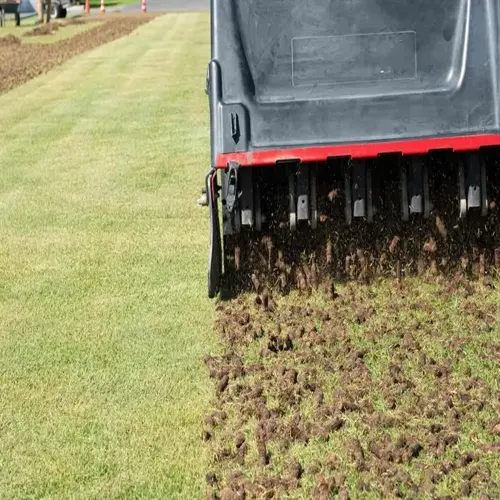How do you prevent weeds around fruit trees?

Written by
Benjamin Miller
Reviewed by
Prof. Samuel Fitzgerald, Ph.D.Maintaining the health of fruit trees requires foundational techniques that shade sunlight and inhibit their growth. Weeds are competitors of trees for water and nutrition, and their presence tends to sap the vigor of the trees. Successful warfare against them consists of a combination of mulching, physical barriers, and timely care. By using the above appliances, the orchard remains healthy without the need for any chemicals.
Mulching Techniques
- Apply coarse wood chips at 3-4 inch depth
- Refresh layers quarterly to maintain coverage
- Extend coverage beyond drip line perimeter
Physical Barriers
- Install metal edging 6 inches deep around trees
- Use landscape fabric under mulch for extra protection
- Maintain 4 inch gap between barrier and trunk
Manual Control
- Pull weeds when soil is moist after irrigation
- Remove roots completely to prevent regrowth
- Dispose weeds away from orchard to avoid reseeding
Use coarse organic mulch as your main defense. Wood chips block sunlight and prevent seeds from germinating. It should be at least 3 inches deep to prevent adequate weed germination. Add more material before the original pile disintegrates below the necessary thickness. This applies every year, or at least through the growing season.
Implement physical barriers for perennial weed species. An edging made of metal or plastic, installed 6" deep, prevents roots from invading. Use in conjunction with fabric and mulch for double protection. Ensure that all barriers used contain drainage holes. These installations will provide long-term solutions with reduced maintenance requirements.
Establish timely hand weeding for weeds that break through. Remove intruders while they are small before seeding begins. Work after watering, when the roots allow them to come up easily. Dispose of plants well outside of orchards. Regular monthly inspections keep small troubles from becoming large ones.
Modify the seasonal strategies to achieve optimum results. Spring requires a heavier application of mulch to prevent early spring weed growth. Summer requires more frequent hand pullings during periods of development. Fall should emphasize the maintenance of the barrier before winter dormancy. This method of scheduling will give control during every season of the year.
Create weed-free zones so they extend beyond the tree bases. In young trees, maintain 3-foot circles of clear ground around the base. In mature trees, cover under the drip lines. This will reduce root competition and allow air to circulate. The fruit trees can get their food without undue competition.
Read the full article: Mulching Fruit Trees: Ultimate Guide

